Home>Furniture & Design>Bathroom Accessories>How To Get A Toothbrush Out Of A Toilet
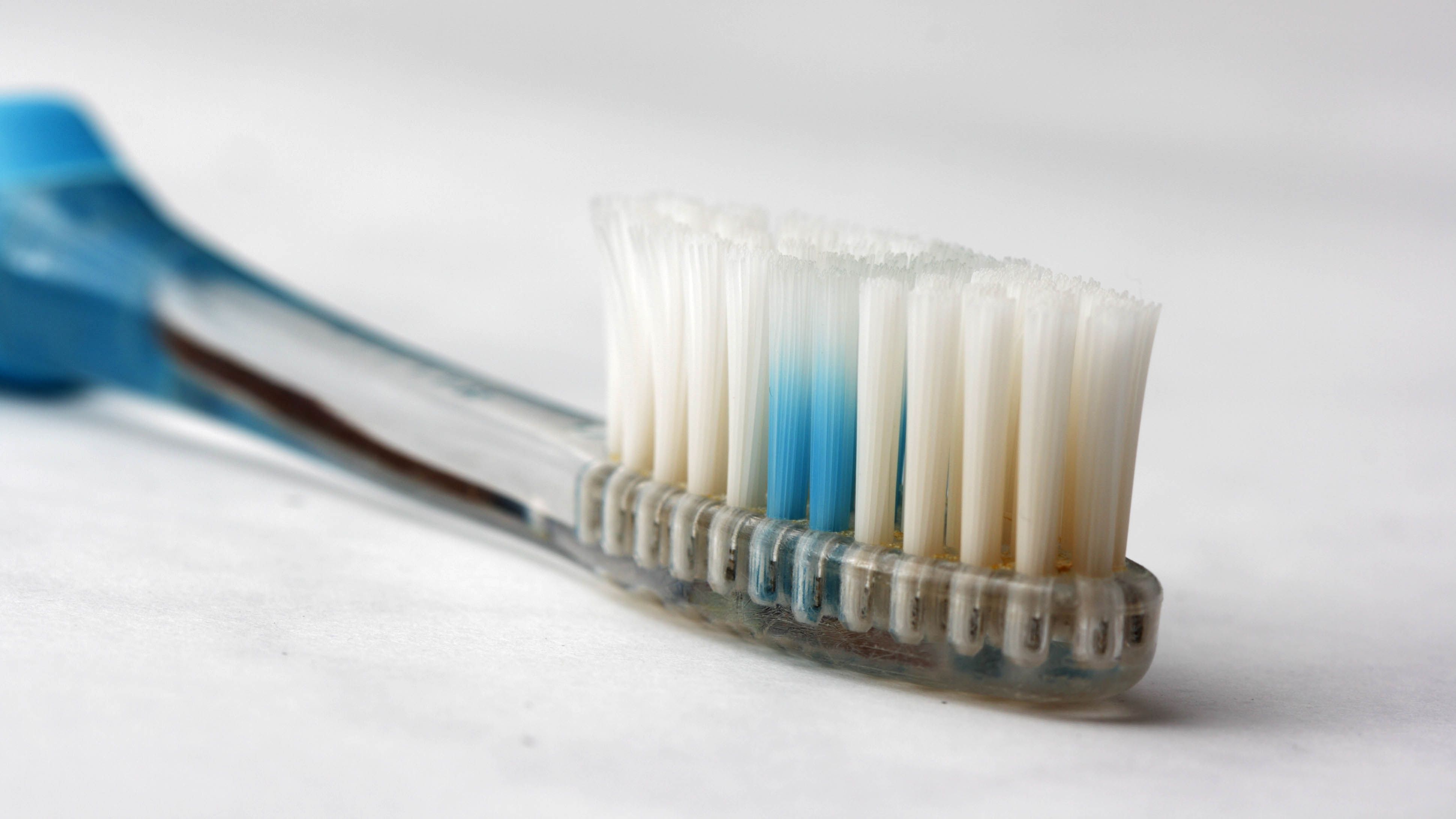

Bathroom Accessories
How To Get A Toothbrush Out Of A Toilet
Modified: October 19, 2024
Learn how to safely retrieve a toothbrush from your toilet and keep your bathroom accessories in top condition with our expert tips. Discover the best methods for removing items from your toilet without causing damage.
(Many of the links in this article redirect to a specific reviewed product. Your purchase of these products through affiliate links helps to generate commission for Storables.com, at no extra cost. Learn more)
Introduction
Discovering a toothbrush submerged in a toilet can be a disconcerting and unpleasant experience. Whether it slipped from your hand during a hurried morning routine or was accidentally knocked into the bowl, retrieving a toothbrush from a toilet requires a calm and methodical approach. While the situation may seem daunting, it's important to remember that with the right tools and techniques, this mishap can be swiftly resolved.
In this comprehensive guide, we will walk you through the step-by-step process of safely and effectively retrieving a toothbrush from a toilet. By following these instructions, you can address the issue with confidence and restore your bathroom to its pristine state. So, take a deep breath, gather your supplies, and let's tackle this challenge head-on.
Key Takeaways:
- Don’t panic if a toothbrush ends up in the toilet! Assess the situation, gather tools, and remove excess water before carefully retrieving the toothbrush. Clean and disinfect the toilet for a hygienic finish.
- Stay calm and follow the steps to safely remove a toothbrush from the toilet. Use gloves, tools, and cleaning supplies to tackle the situation methodically. Restore cleanliness and comfort to your bathroom.
Read more: How To Get Toy Out Of Toilet
Step 1: Assess the Situation
When faced with the unexpected presence of a toothbrush in the toilet, it's crucial to approach the situation with a clear mind and a methodical mindset. Begin by assessing the extent of the issue. Take a moment to evaluate the depth to which the toothbrush has submerged into the water. This initial assessment will help determine the best course of action for its safe retrieval.
If the toothbrush is visible and resting on the surface of the water, the task may be relatively straightforward. However, if it has sunk deeper or become lodged in the drain, additional steps and tools may be necessary to address the situation effectively.
Furthermore, consider the cleanliness of the toilet water. If the water appears unsanitary or contaminated, it's essential to prioritize safety measures before proceeding. In such cases, wearing protective gloves and using disinfectants becomes imperative to minimize the risk of exposure to harmful bacteria.
Assessing the situation also involves gauging the accessibility of the toothbrush. Is it within reach, or is it positioned in a challenging location within the toilet bowl? Understanding these factors will inform the approach you take to retrieve the toothbrush without causing any damage to the toilet or risking personal safety.
By carefully evaluating these aspects of the situation, you can lay the groundwork for a well-informed and effective strategy to address the presence of the toothbrush in the toilet. This initial assessment sets the stage for the subsequent steps, ensuring a systematic and controlled approach to resolving the issue.
Step 2: Gather Necessary Tools
Before embarking on the task of retrieving a toothbrush from a toilet, it's essential to gather the necessary tools and supplies. Having the right equipment at your disposal will streamline the process and contribute to a successful outcome. Here are the essential tools and items you'll need:
-
Rubber Gloves: To protect your hands from coming into direct contact with the toilet water and any potential contaminants, a pair of durable rubber gloves is indispensable. Opt for gloves that provide a secure and comfortable fit, ensuring maximum dexterity while safeguarding your skin.
-
Tongs or Grabber Tool: Depending on the depth at which the toothbrush is submerged, a pair of long-handled tongs or a grabber tool can be invaluable for reaching and grasping the toothbrush without the need to directly immerse your hand into the toilet water. These tools offer extended reach and precision, allowing you to maneuver and retrieve the toothbrush with ease.
-
Bucket or Container: Having a bucket or a plastic container on hand is practical for collecting excess water from the toilet bowl. This step is particularly useful if the water level needs to be lowered to facilitate the retrieval process. Additionally, it provides a convenient receptacle for temporarily storing the toothbrush and any cleaning materials.
-
Disinfectant and Cleaning Solution: Prior to and following the retrieval of the toothbrush, it's essential to thoroughly disinfect and clean the toilet bowl. Select a reliable disinfectant or cleaning solution designed for toilets, ensuring it effectively eliminates germs and bacteria while leaving the toilet sanitized and fresh.
-
Paper Towels or Cleaning Cloth: To wipe and dry the toilet bowl after cleaning, keep a supply of paper towels or a cleaning cloth readily available. This will help ensure that the toilet is left clean and free of any residual moisture.
By assembling these essential tools and supplies, you'll be well-equipped to address the situation with confidence and efficiency. With these items at your disposal, you can proceed to the next step of the process, ready to retrieve the toothbrush from the toilet and restore cleanliness to your bathroom.
Step 3: Remove Excess Water
Once you have assessed the situation and gathered the necessary tools, the next crucial step in the process of retrieving a toothbrush from a toilet is to remove any excess water from the bowl. This step is essential for several reasons. Firstly, reducing the water level makes it easier to access and retrieve the toothbrush without encountering unnecessary obstructions. Additionally, lowering the water level minimizes the risk of splashing or spilling during the retrieval process, contributing to a cleaner and more controlled environment.
To begin, put on the rubber gloves to protect your hands from direct contact with the toilet water. Using a bucket or a plastic container, carefully scoop out excess water from the toilet bowl. It's advisable to work methodically, gradually reducing the water level to a point where the toothbrush becomes more accessible. Be mindful of the weight and volume of the water you are removing, ensuring that the bucket or container is not overfilled.
If the water level is relatively high, you may need to repeat this process multiple times until the level is sufficiently lowered. As you remove the water, pour it into a nearby sink or drain to prevent any spillage and maintain a tidy workspace. Exercise caution to avoid splashing or creating additional mess during this step.
Once the water level has been adequately reduced, take a moment to assess the accessibility of the toothbrush. With the excess water removed, the toothbrush may now be within easier reach, facilitating the subsequent retrieval process. This preparatory step sets the stage for the safe and efficient retrieval of the toothbrush from the toilet, laying the groundwork for the next phase of the process.
By methodically removing excess water from the toilet bowl, you create a more favorable environment for the retrieval of the toothbrush, minimizing potential complications and ensuring a smoother and more controlled process. With the water level lowered and the necessary tools at hand, you are now ready to proceed to the pivotal step of retrieving the toothbrush from the toilet.
Use a pair of rubber gloves to reach into the toilet and carefully grab the toothbrush. Avoid flushing the toilet to prevent the toothbrush from getting stuck in the pipes. Disinfect the toothbrush before using it again.
Step 4: Retrieve the Toothbrush
With the water level lowered and the necessary tools at your disposal, it's time to focus on the pivotal task of retrieving the toothbrush from the toilet. This step requires a steady hand, precision, and a methodical approach to ensure the safe and successful extraction of the toothbrush.
If the toothbrush is visible and within reach, carefully grasp it using the tongs or grabber tool. Approach the task with patience and caution, aiming to secure a firm grip on the toothbrush without causing any splashing or displacement of water. Once you have firmly grasped the toothbrush, lift it out of the toilet bowl, taking care to avoid any contact with the surrounding surfaces.
In the event that the toothbrush is submerged or lodged in a hard-to-reach area, a different approach may be necessary. In such cases, the use of a toilet auger or plumbing snake can be effective for dislodging and retrieving the toothbrush from the drain. Carefully maneuver the auger into the toilet drain, applying gentle pressure and rotation to dislodge the toothbrush and bring it within reach. Exercise caution and patience during this process to avoid causing any damage to the toilet's plumbing system.
Once the toothbrush has been successfully retrieved from the toilet, place it in the bucket or plastic container that was used to collect excess water. This temporary storage ensures that the toothbrush is kept separate from the cleaned toilet bowl, facilitating its subsequent cleaning and disinfection.
Following the retrieval of the toothbrush, it's essential to thoroughly clean and disinfect the toilet bowl to restore hygiene and sanitation. Using the selected disinfectant or cleaning solution, thoroughly scrub the interior of the toilet bowl, paying particular attention to the area where the toothbrush was located. Ensure that all surfaces are effectively cleaned and sanitized, eliminating any traces of contamination.
After cleaning, carefully dispose of the used cleaning materials and rinse the toilet bowl with clean water. Wipe the exterior of the toilet with a disinfectant wipe or cleaning cloth to complete the sanitation process. Once the cleaning is complete, the toothbrush can be properly sanitized and returned to its designated storage area.
By following these steps, you can successfully retrieve a toothbrush from a toilet and restore cleanliness to your bathroom. With a methodical approach and the right tools, this unexpected situation can be swiftly and effectively resolved, allowing you to maintain a hygienic and comfortable living environment.
Step 5: Clean and Disinfect the Toilet
After successfully retrieving the toothbrush from the toilet, the final and crucial step is to thoroughly clean and disinfect the toilet bowl. This step is essential to ensure that the toilet is left hygienic and free from any potential contaminants, restoring it to a pristine and sanitary condition.
Begin by selecting a reliable disinfectant or cleaning solution specifically formulated for toilets. These products are designed to effectively eliminate germs, bacteria, and odors, providing a thorough and hygienic clean. Apply the chosen disinfectant generously to the interior of the toilet bowl, ensuring that all surfaces are thoroughly coated.
Using a toilet brush, scrub the interior of the bowl, paying particular attention to the area where the toothbrush was located. Work methodically to remove any residual debris, stains, or bacteria, ensuring that the entire surface is effectively cleaned. Focus on the waterline and under the rim of the bowl, as these areas can harbor bacteria and mineral deposits.
Once the interior of the toilet bowl has been thoroughly scrubbed, allow the disinfectant to remain in contact with the surfaces for the recommended duration. This ensures that any lingering germs or bacteria are effectively neutralized, contributing to a comprehensive sanitation process.
Following the contact time, flush the toilet to rinse away the disinfectant and residual debris. Repeat the flushing process as needed to ensure that the bowl is thoroughly rinsed and free from any remaining cleaning solution.
After rinsing, use paper towels or a cleaning cloth to dry the exterior of the toilet, including the tank, seat, and base. This final step contributes to the overall cleanliness of the toilet and ensures that any residual moisture is removed.
Dispose of the used cleaning materials appropriately, and wash your hands thoroughly with soap and water to maintain personal hygiene.
By diligently following these cleaning and disinfection steps, you can effectively restore the toilet to a hygienic and sanitized state, ensuring that it is once again a clean and comfortable fixture within your bathroom. This meticulous approach to sanitation not only addresses the immediate issue of the toothbrush in the toilet but also contributes to the overall cleanliness and well-being of your living space.
Conclusion
In conclusion, the unexpected presence of a toothbrush in a toilet can initially seem like a daunting and unpleasant situation. However, with a systematic approach and the right tools at your disposal, this mishap can be swiftly and effectively resolved. By following the step-by-step process outlined in this guide, you can confidently address the issue and restore cleanliness to your bathroom.
The initial assessment of the situation sets the stage for a well-informed strategy, allowing you to gauge the accessibility of the toothbrush and the cleanliness of the toilet water. This crucial first step provides the necessary groundwork for the subsequent retrieval process.
Gathering the essential tools, including rubber gloves, tongs or a grabber tool, a bucket or container, disinfectant, and cleaning supplies, ensures that you are well-prepared to address the situation with confidence and efficiency. These tools not only facilitate the retrieval of the toothbrush but also contribute to the overall cleanliness and sanitation of the toilet.
Removing excess water from the toilet bowl is a pivotal step that minimizes potential complications and creates a more favorable environment for the retrieval process. This careful and methodical approach reduces the risk of splashing and ensures a controlled workspace for the safe extraction of the toothbrush.
The retrieval of the toothbrush from the toilet requires patience, precision, and, in some cases, the use of specialized tools such as a toilet auger or plumbing snake. Once the toothbrush is successfully retrieved, thorough cleaning and disinfection of the toilet bowl are essential to restore hygiene and sanitation to the bathroom.
By diligently following these steps, you can effectively address the presence of a toothbrush in the toilet, ensuring that the bathroom is once again a clean and comfortable space. This comprehensive approach not only resolves the immediate issue but also contributes to the overall cleanliness and well-being of your living environment.
In summary, while discovering a toothbrush in the toilet may initially seem like a challenging situation, it can be effectively addressed with a methodical and systematic approach. By following the outlined steps and prioritizing cleanliness and hygiene, you can navigate this unexpected scenario with confidence and restore your bathroom to its pristine state.
Frequently Asked Questions about How To Get A Toothbrush Out Of A Toilet
Was this page helpful?
At Storables.com, we guarantee accurate and reliable information. Our content, validated by Expert Board Contributors, is crafted following stringent Editorial Policies. We're committed to providing you with well-researched, expert-backed insights for all your informational needs.
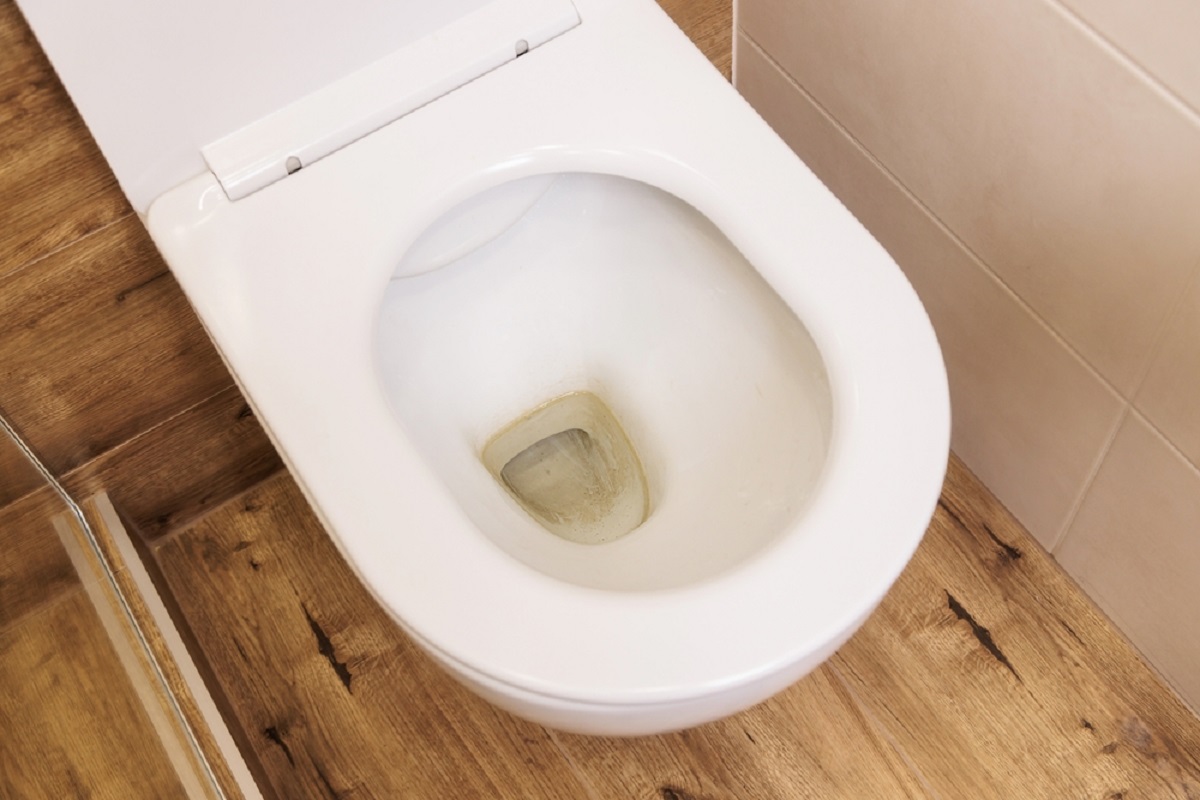
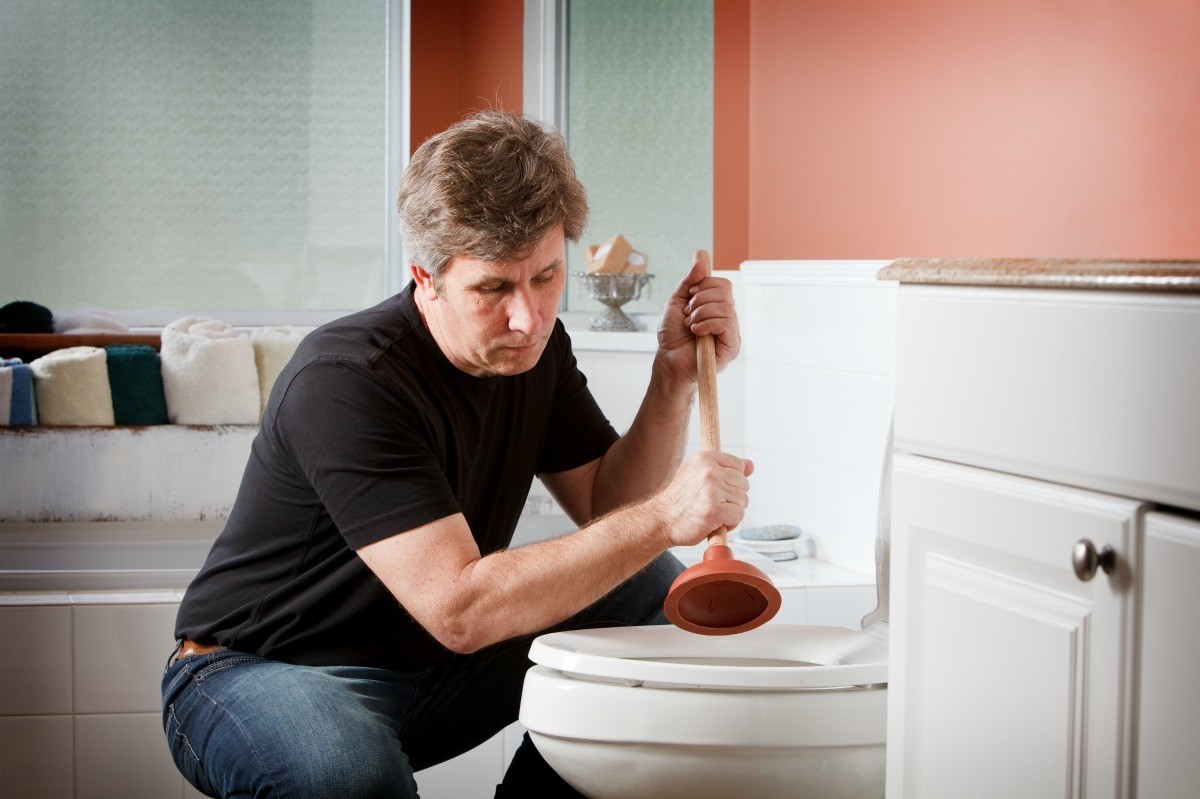
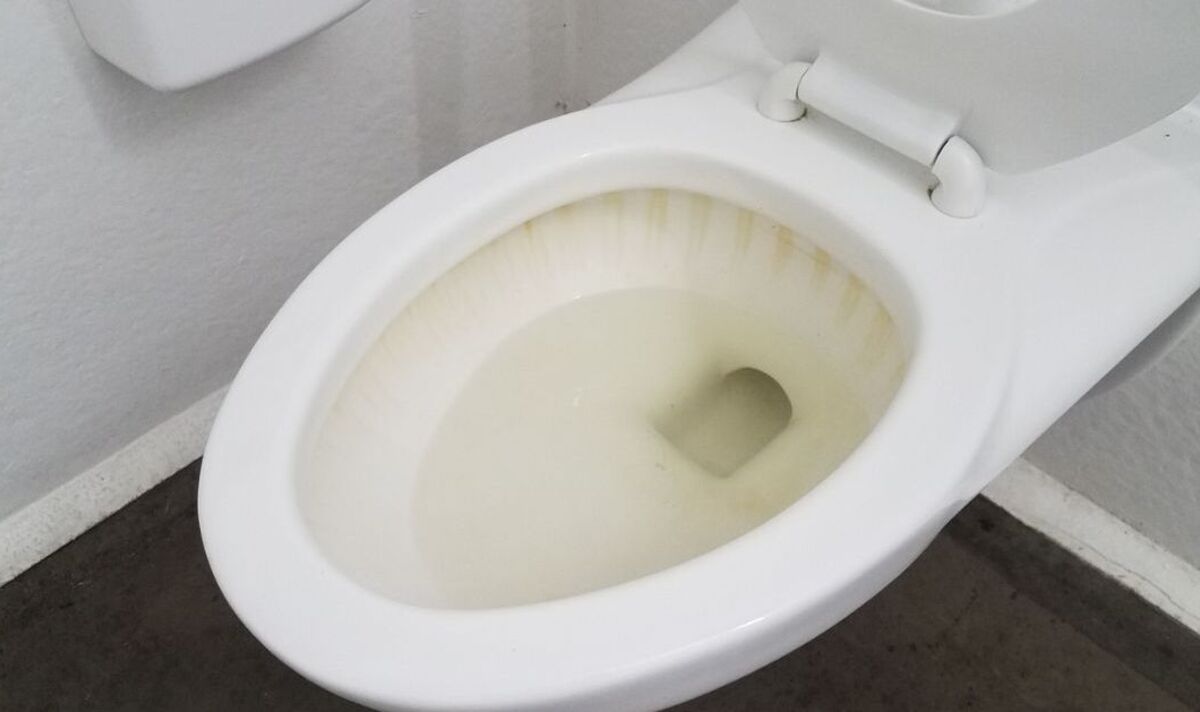
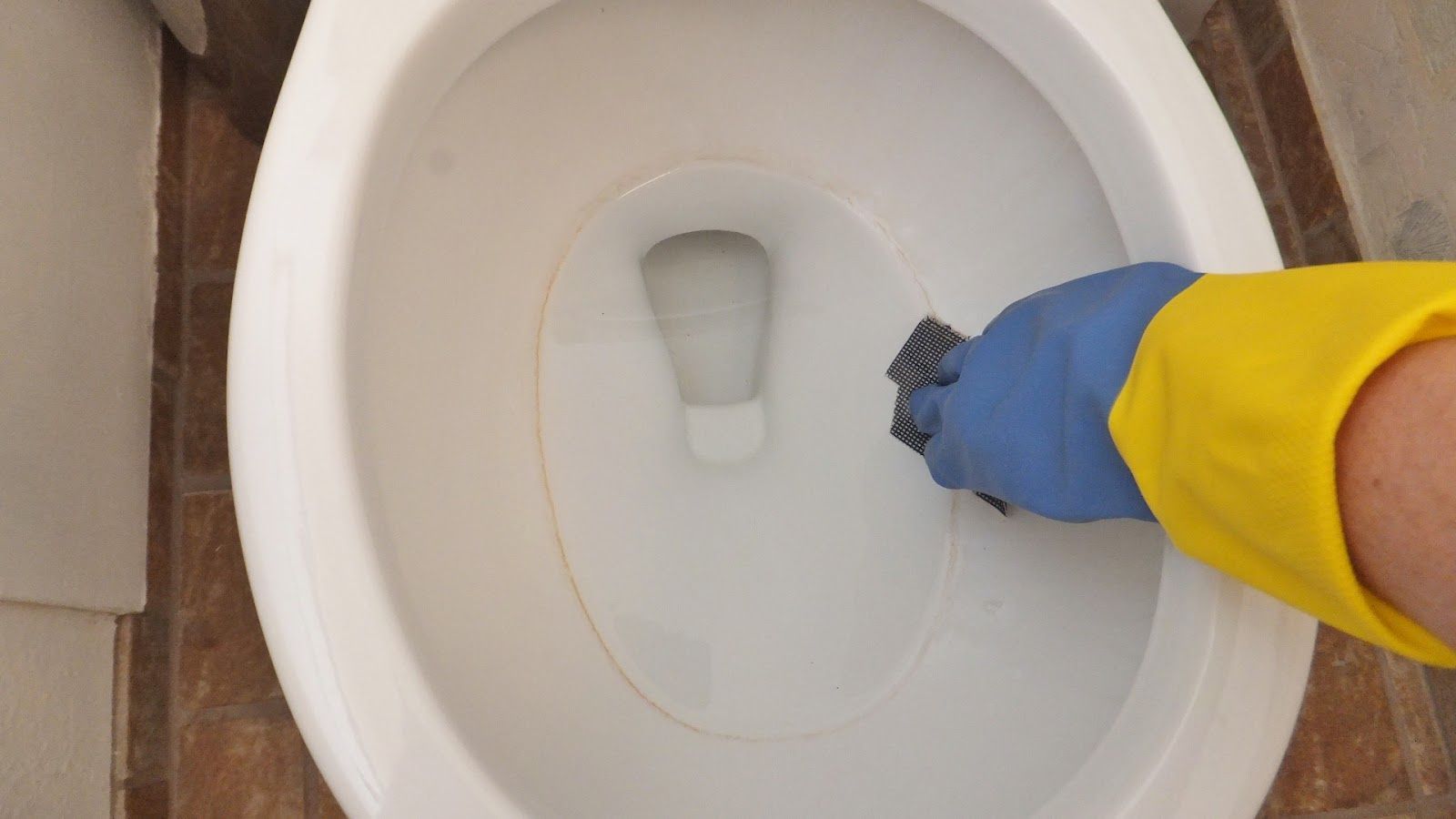
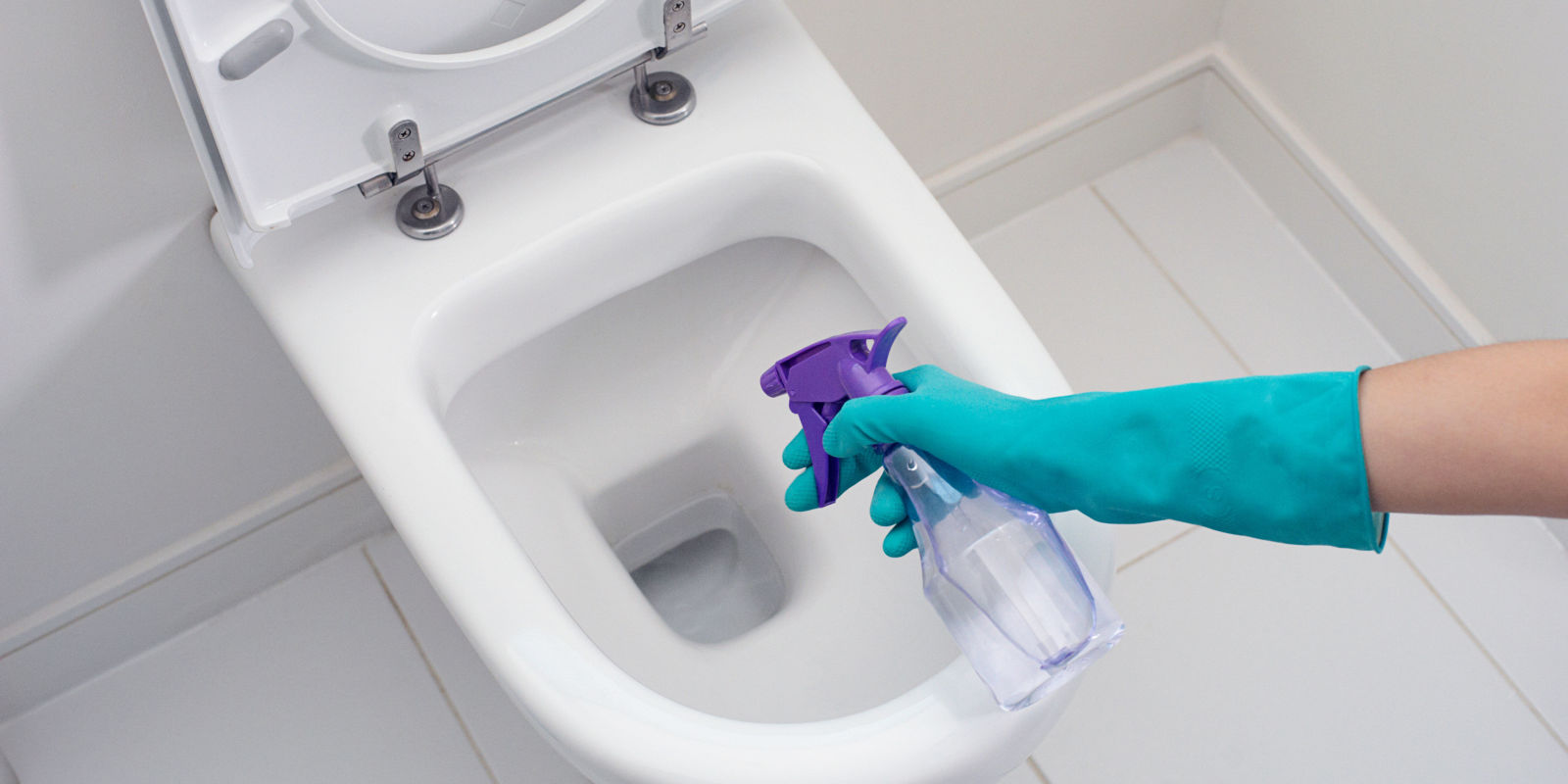
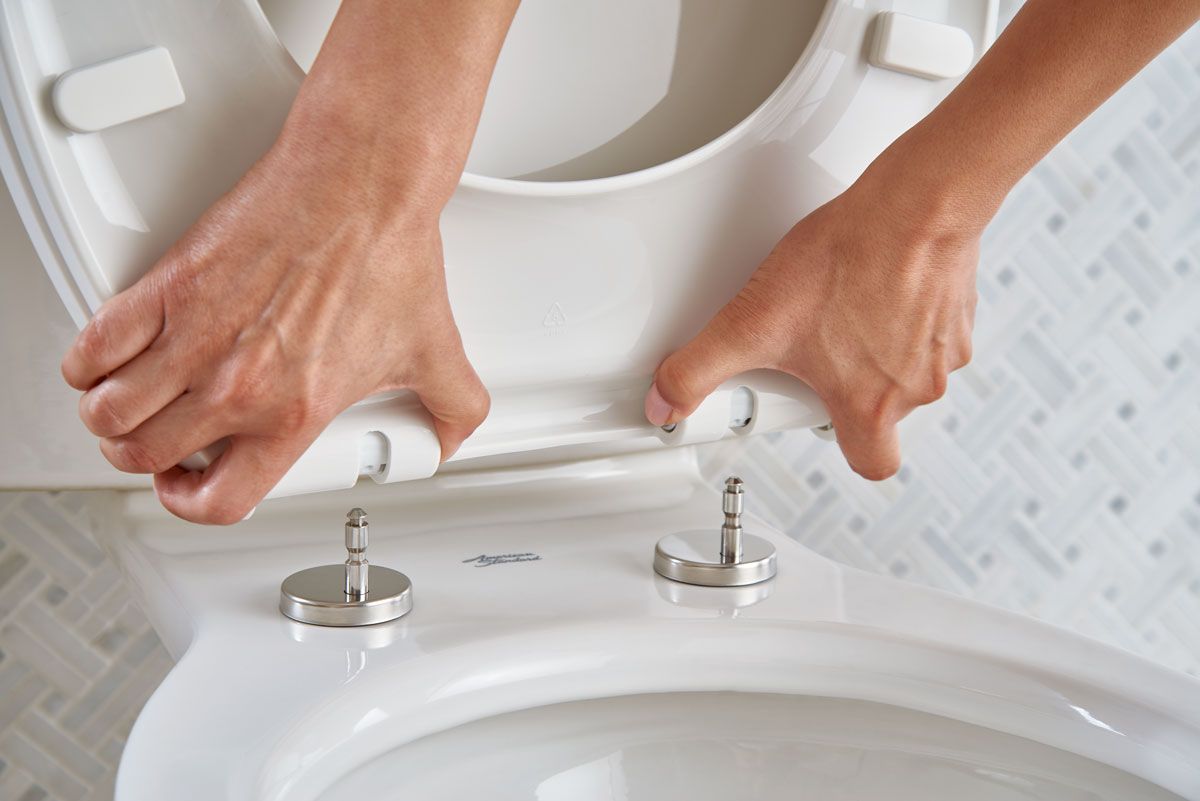
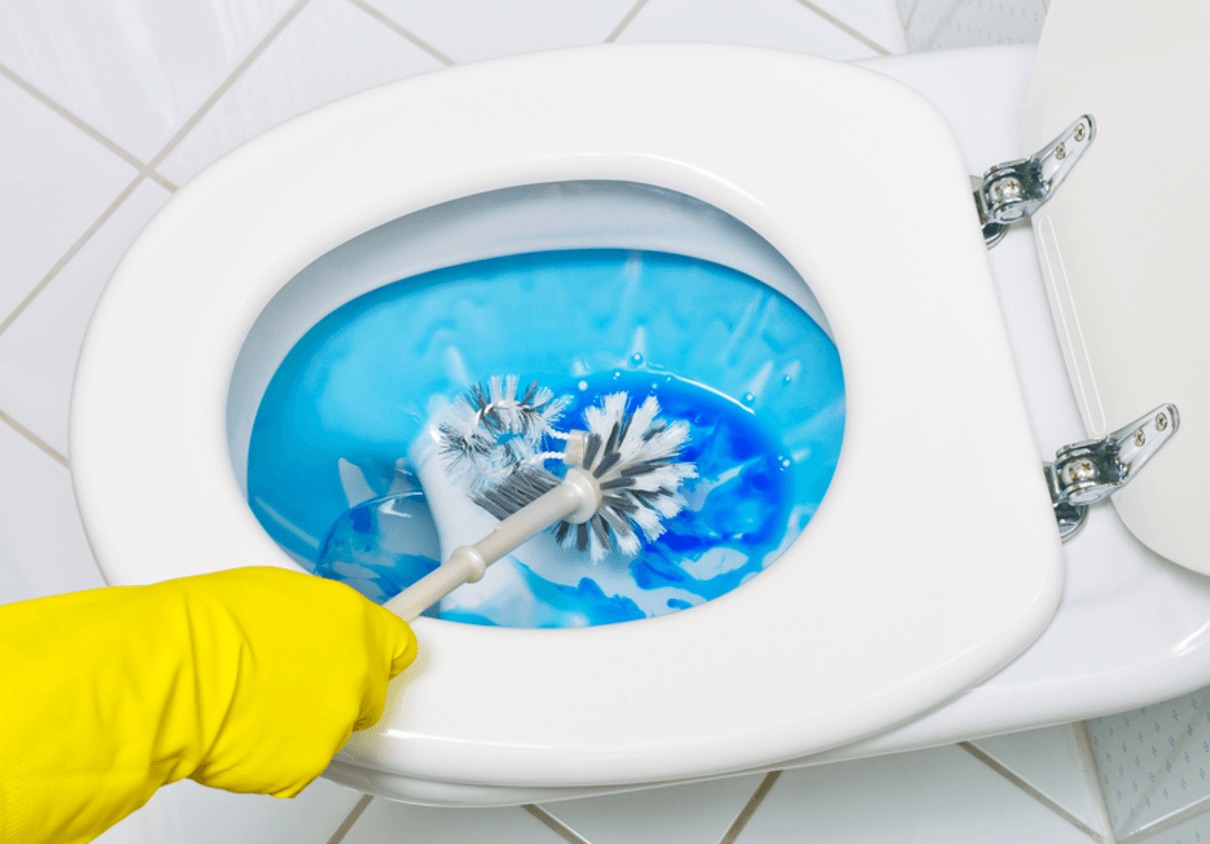
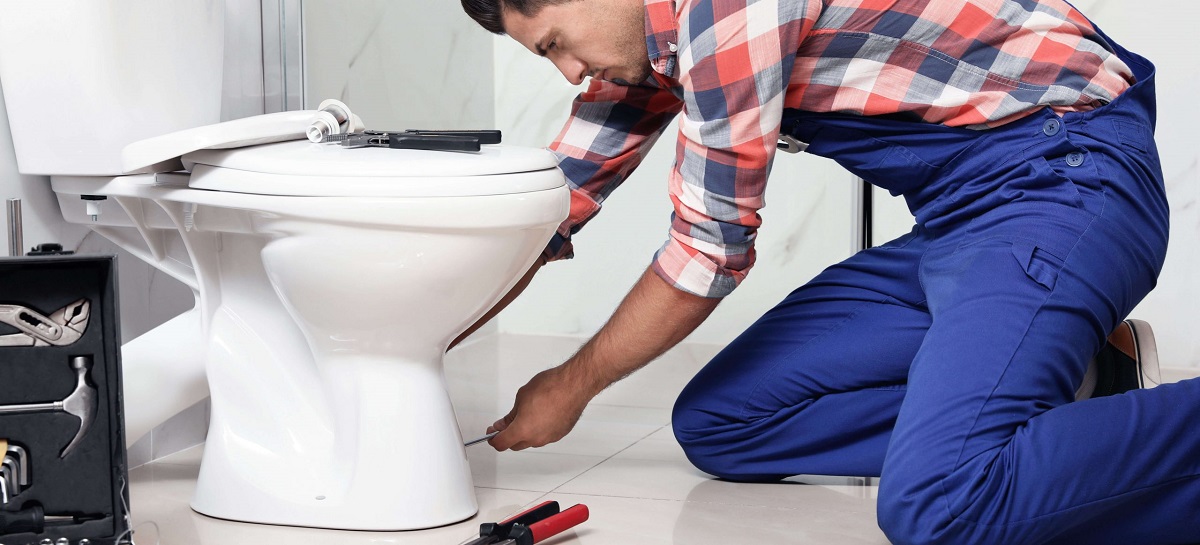
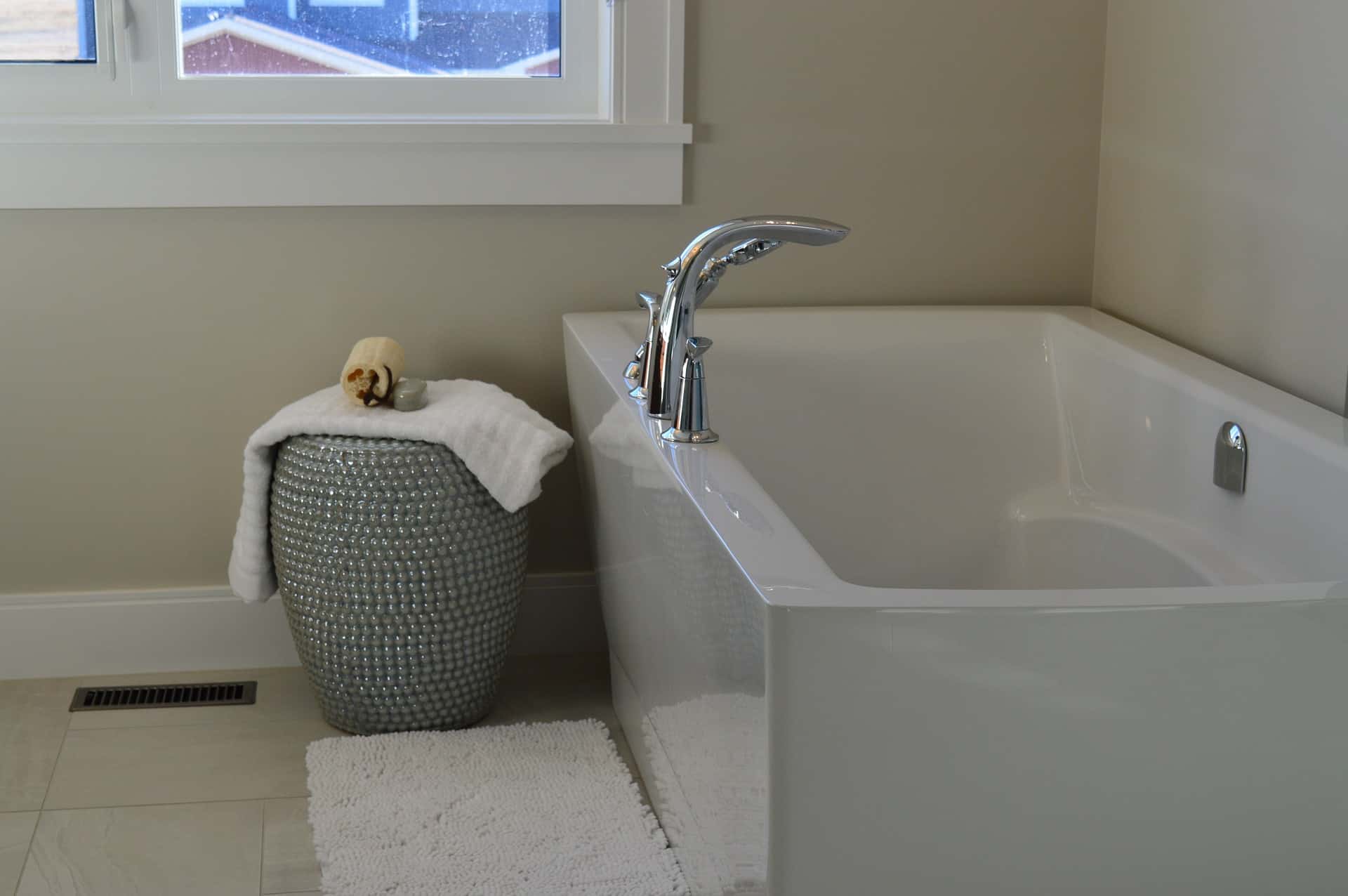
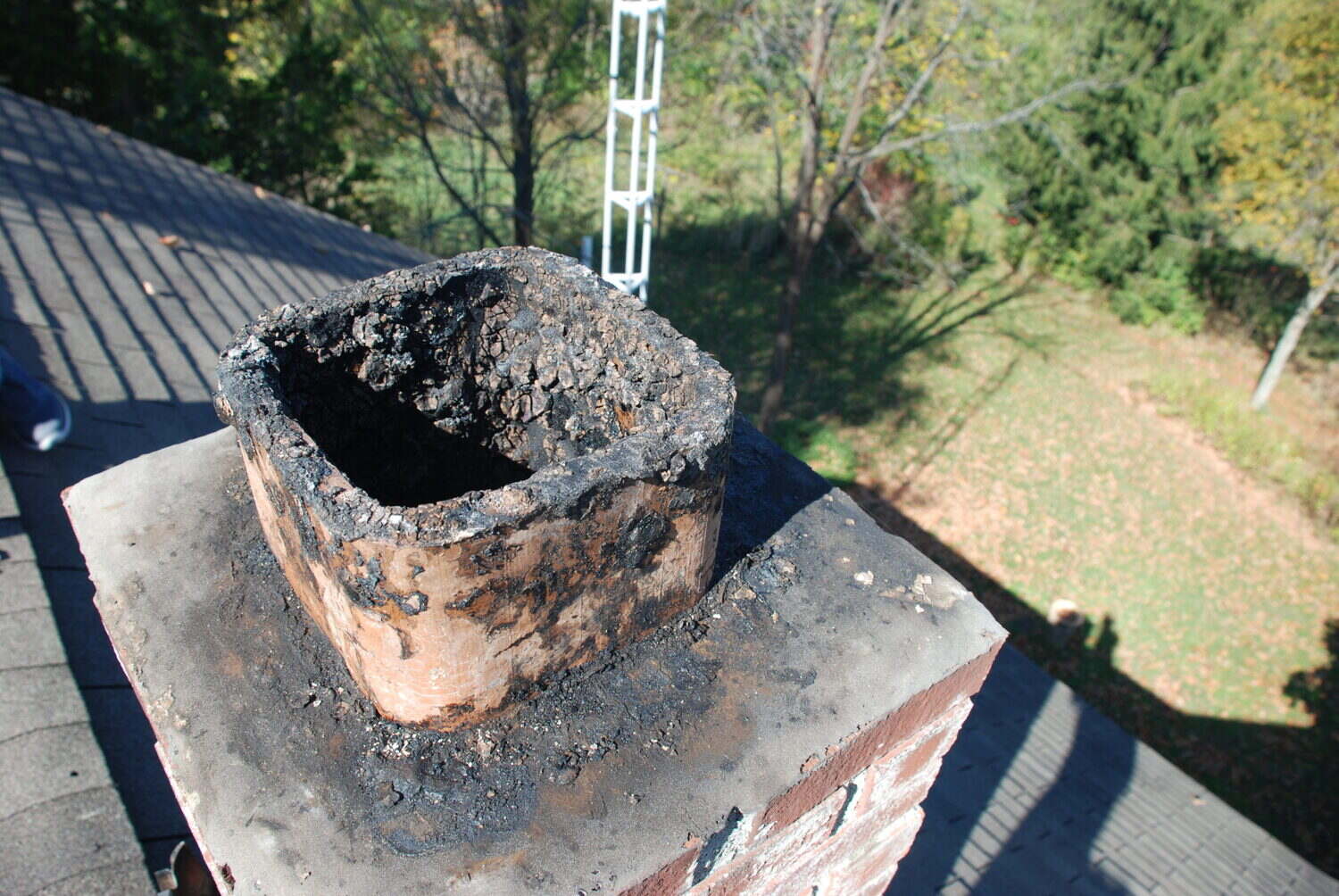

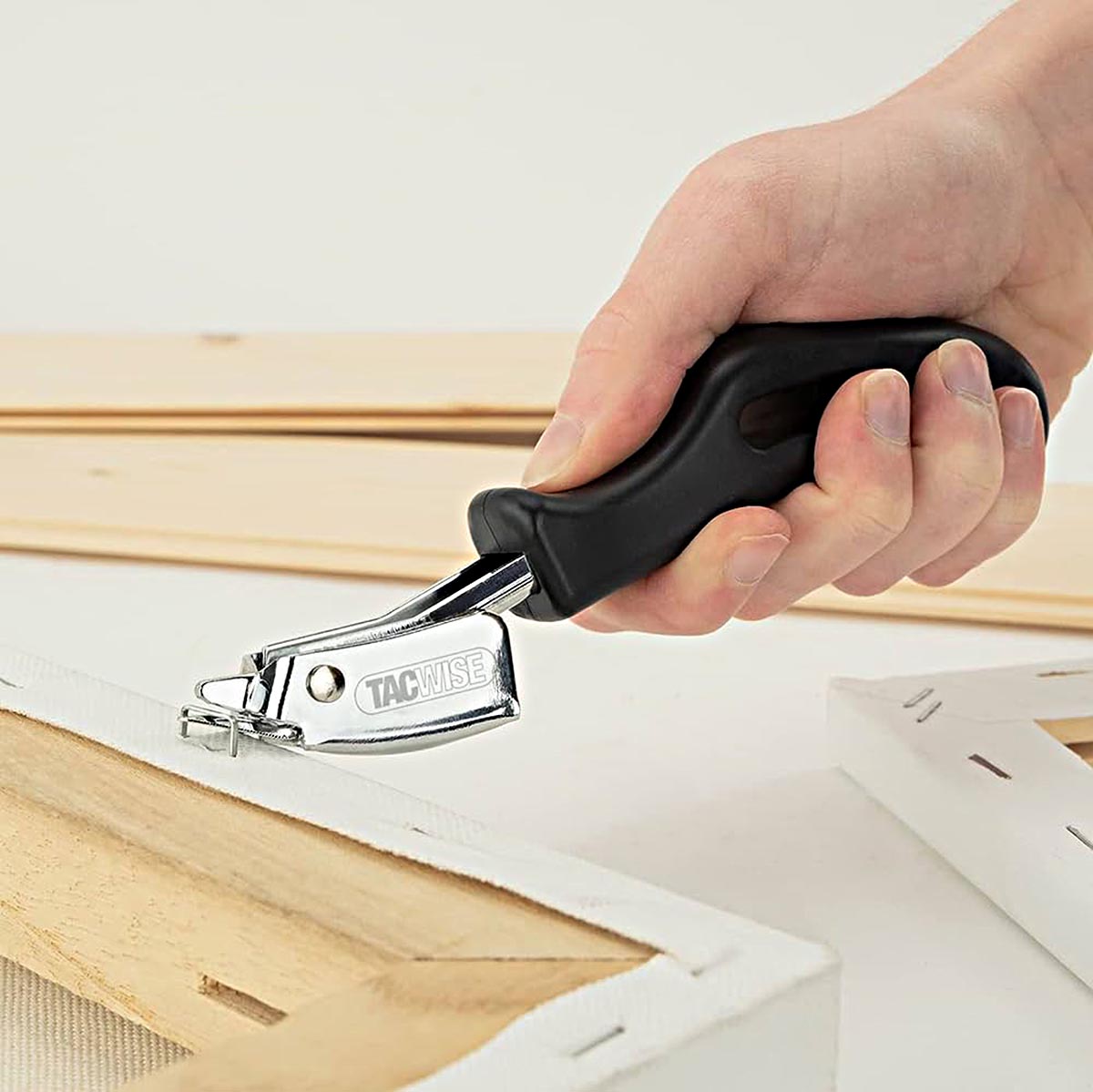

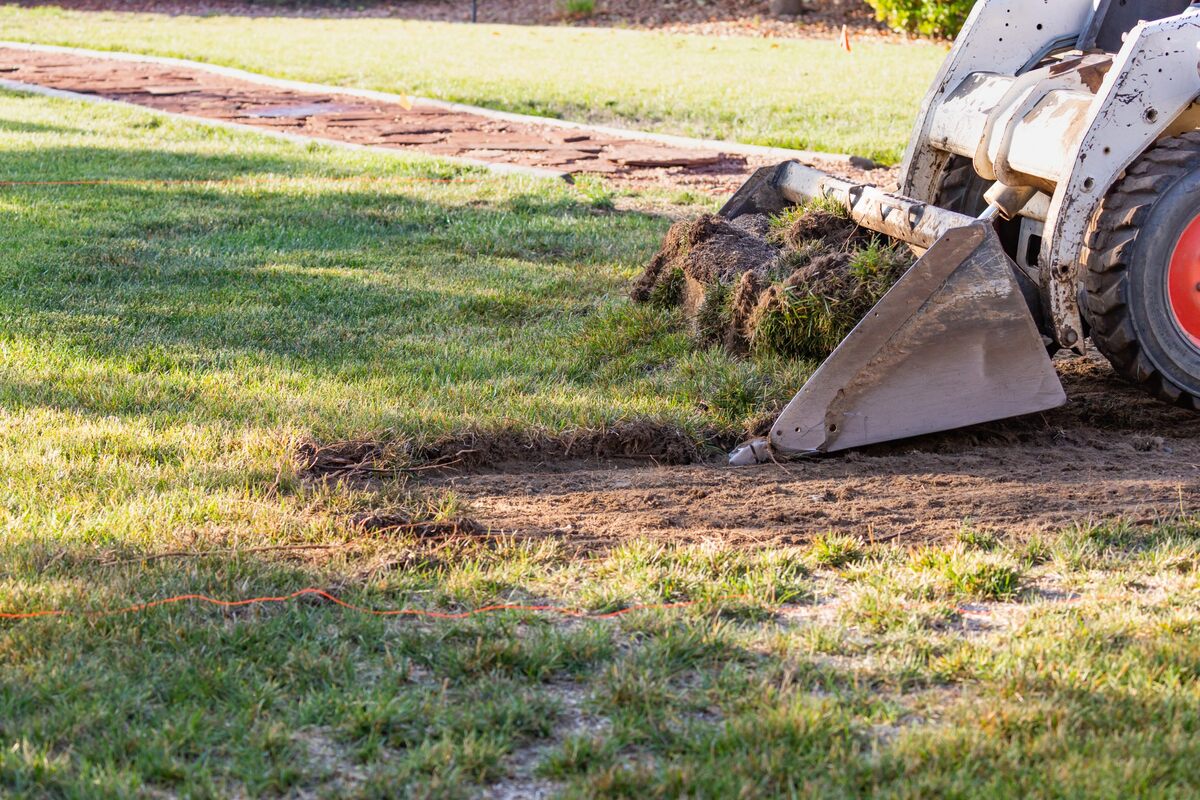

0 thoughts on “How To Get A Toothbrush Out Of A Toilet”